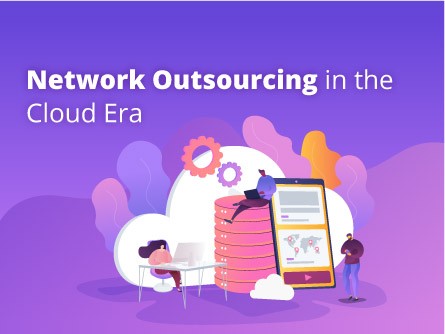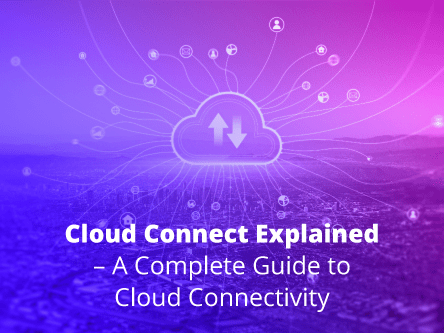Whether it’s switching to a new network service provider or outsourcing critical connectivity requirements in new markets, businesses need to know what the gaps they are trying to fill. Most importantly, how the service provider can support the business needs in the long term.
The Cloud is Placing Pressure on the Network
Business technology changes constantly and having a network service provider who can pivot with new advances is critical. A significant move we have seen in recent years is the growing number of businesses moving their IT workloads into public clouds such as Amazon Web Services (AWS), Microsoft Azure and Google Cloud Platform. This places greater pressure on the network to deliver high quality connectivity for cloud-based services and applications.
The future of enterprise operations lives in the cloud.
For those who have seen success in their cloud deployments, they are now moving into multiple public clouds for specific application performance benefits. According to the Cisco Global Cloud Index, 94% of all workloads will run in the Cloud by 2021. A multi-cloud approach prepares a business for changes before it experiences those changes, enabling them to stay ahead of the competition.
READ WHITE PAPER: THE GLOBAL INTERCONNECT ECOSYSTEM







